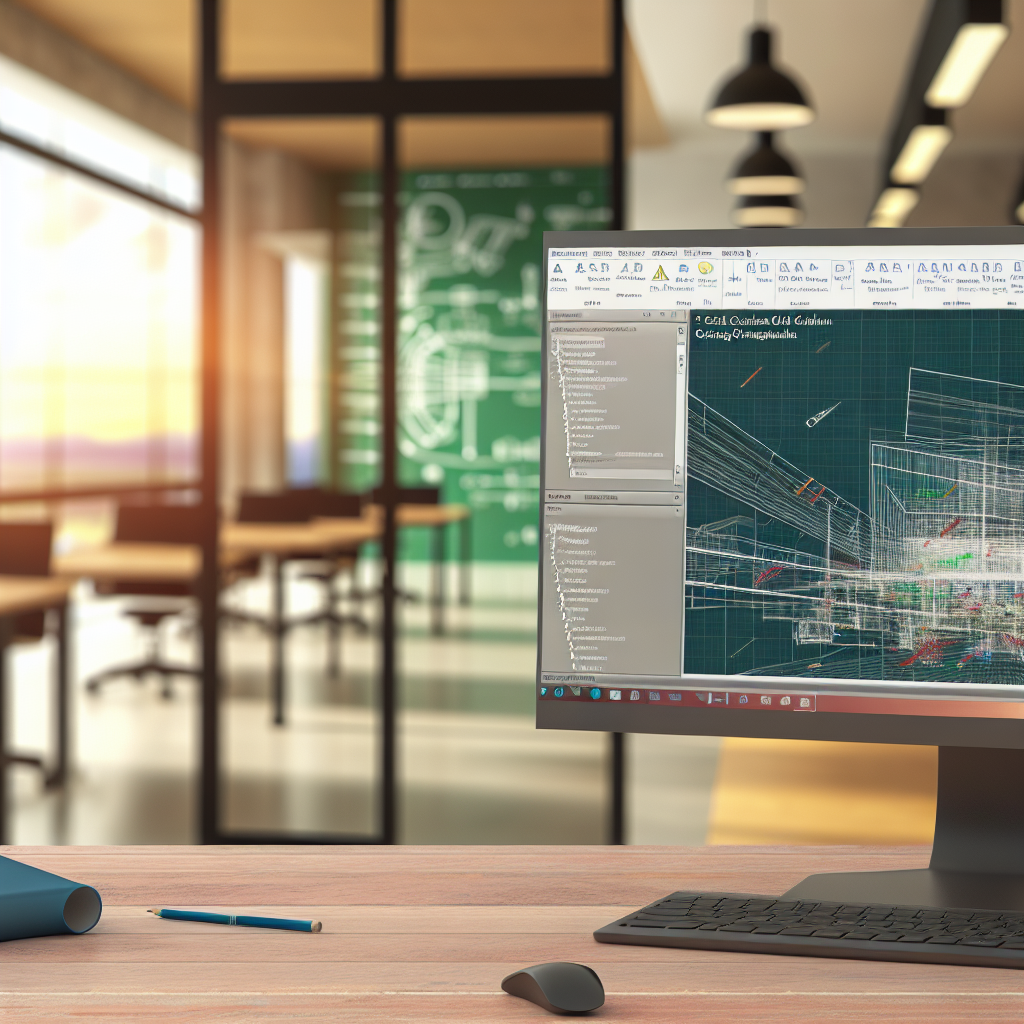Autodesk Revit combined with Dynamo offers a powerful approach to visualising clashes in building models, enhancing coordination and reducing errors. This article explores how Dynamo can be utilized within Revit to create effective clash visualisations, streamlining BIM workflows and improving project accuracy.
Leveraging Dynamo for Clash Detection and Visualisation in Revit
Revit’s clash detection tools are often limited in providing clear visual cues and customisation options, which can hinder effective communication among project teams. Integrating Dynamo, a visual scripting environment for Revit, significantly enhances clash visualisation by automating complex detection processes and creating tailored visual outputs.
Using Dynamo, modelers can develop scripts that analyze the entire building model to locate interferences between elements such as ducts, pipes, and structural components. Once detected, these clashes can be visualised through custom colour-coding, overlay techniques, or even 3D animations, making it easier for stakeholders to identify and resolve conflicts early in the design process.
Furthermore, Dynamo’s ability to generate interactive dashboards and reports supports dynamic clash management, enabling users to track issues over multiple design iterations. This integration leads to a more proactive approach in clash resolution, saving time and preventing costly rework during construction.
Enhancing Clash Visualisation with Custom Scripts and Workflow Optimization
Beyond basic detection, Dynamo allows for creating sophisticated scripts that enhance the clarity and usability of clash visualisations. For example, users can develop scripts that isolate specific clash categories, filter clashes based on severity, or automatically update visual markers as models evolve.
Effective workflow optimization involves streamlining these scripts to operate seamlessly within Revit projects. This can be achieved through predefined Dynamo routines that developers can customize according to project needs. Additionally, integrating Dynamo outputs with other BIM tools or clash management platforms results in a cohesive visualisation ecosystem.
By automating routine visualisation tasks, Dynamo reduces manual effort and minimizes human error, allowing project teams to focus on critical clash resolution activities. The combination of Dynamo’s scripting capabilities with Revit’s robust modeling environment elevates clash visualisation from simple detection to insightful, actionable visual data.
Conclusion
Integrating Autodesk Revit with Dynamo transforms clash visualisation by enabling automated detection, customizable visual cues, and efficient workflow management. This approach provides architects, engineers, and contractors with clearer insights into potential conflicts, leading to faster resolution and more accurate project delivery. Embracing Dynamo’s capabilities offers a significant advantage in modern BIM projects, fostering innovation and collaboration.
